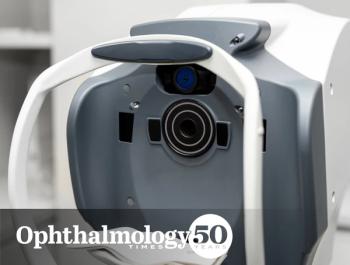
Purity and Safety Standards for Biosimilars
Carl D. Regillo, MD, and Jennifer I. Lim, MD, share historical perspective on the safety of biosimilars and their use in medicine.
Episodes in this series

Carl D. Regillo, MD: One of the interesting things that people may not know about biologics, both reference on-label drugs that we’ve been using and now the biosimilars coming, is that they can evolve over time because it’s from a living cell process. The ranibizumab or the aflibercept that we tested in clinical trials back 10, 12 years ago is not necessarily identical to what we’re using now, because these processes change. And they, too, need to live up to that postmarketing standard, so the process is pretty much the same. I think we should be reassured, and hopefully we will be, that these products¼they’re the same in purity, efficacy, and safety.
Jennifer I. Lim, MD: It’s very important. In fact, we saw this happen in India with their ranibizumab biosimilar. When they looked at it, they were seeing IOI. What they had to do was go back to the living cell processes, and they were able to clean it up to decrease the IOI.
Carl D. Regillo, MD: And IOI is?
Jennifer I. Lim, MD: Intraocular inflammation. We know that because living cells are living, each batch is not the same. That’s where the purity and the standards come in, and that’s where the FDA is looking closely at these biosimilars so that we can be confident using these drugs.
Carl D. Regillo, MD: My understanding is [that] we have a good system in place to be able to monitor for these things. Even with the products we’ve been using, there were some inflammatory events; even with reference products these things can happen. Hopefully, they’re not going to happen any more than they have with our products we’ve been using.
So biosimilars, that’s new to us in the field of retina, with our first one now FDA approved and in the process of being launched, but it’s not new to medicine.
Jennifer I. Lim, MD: Absolutely. We see this in oncology, and we saw it in rheumatology, that when the biosimilars came out, within two years of their introduction, the adoption by the physicians and the patients went almost exponentially. It took a bit of time for people to feel comfortable with it, and then to realize that it worked just as well in terms of efficacy and safety, so that now a vast proportion of the Medicare Part D that’s spent for these biologics is on biosimilars.
Transcript edited for clarity
Newsletter
Don’t miss out—get Ophthalmology Times updates on the latest clinical advancements and expert interviews, straight to your inbox.






















































.png)


